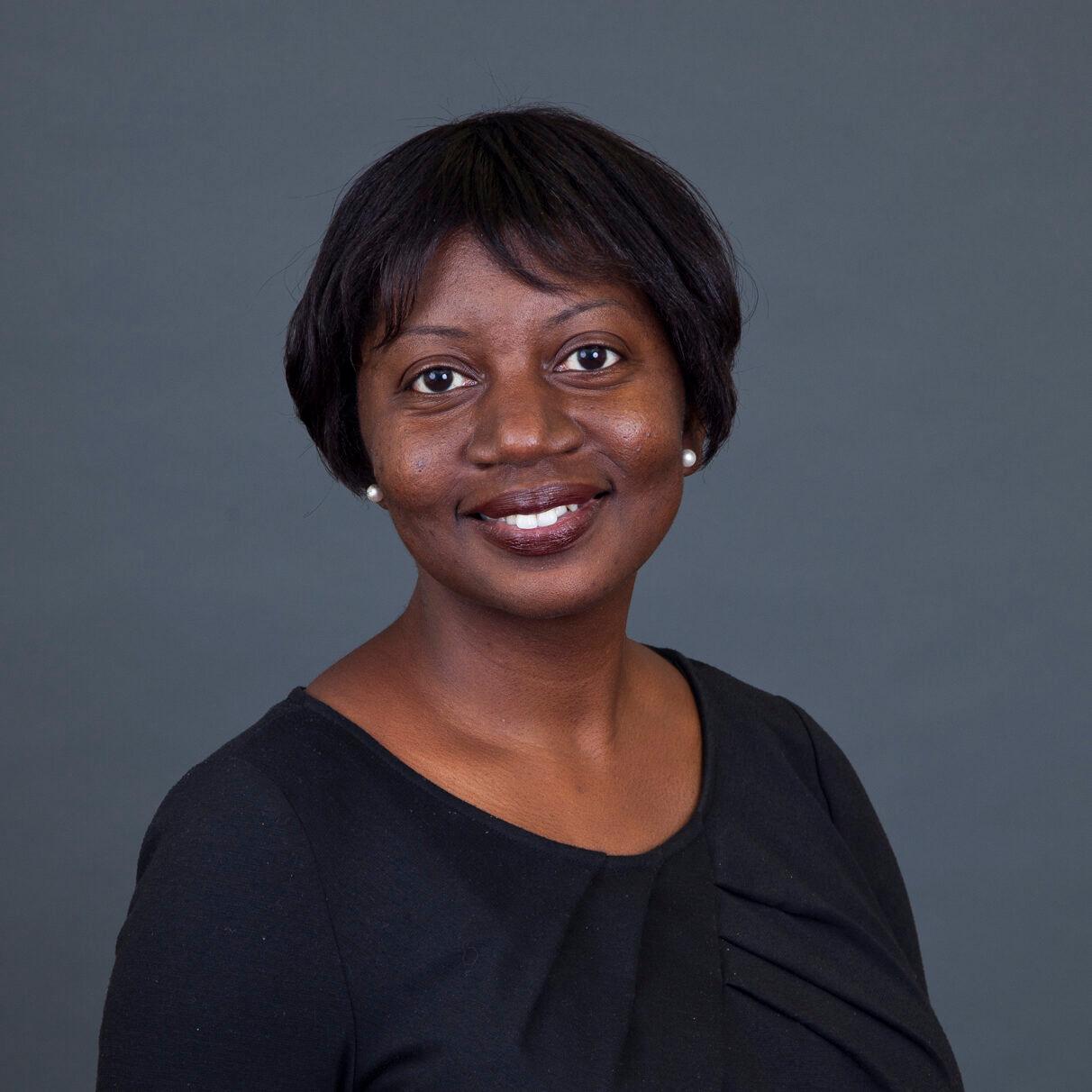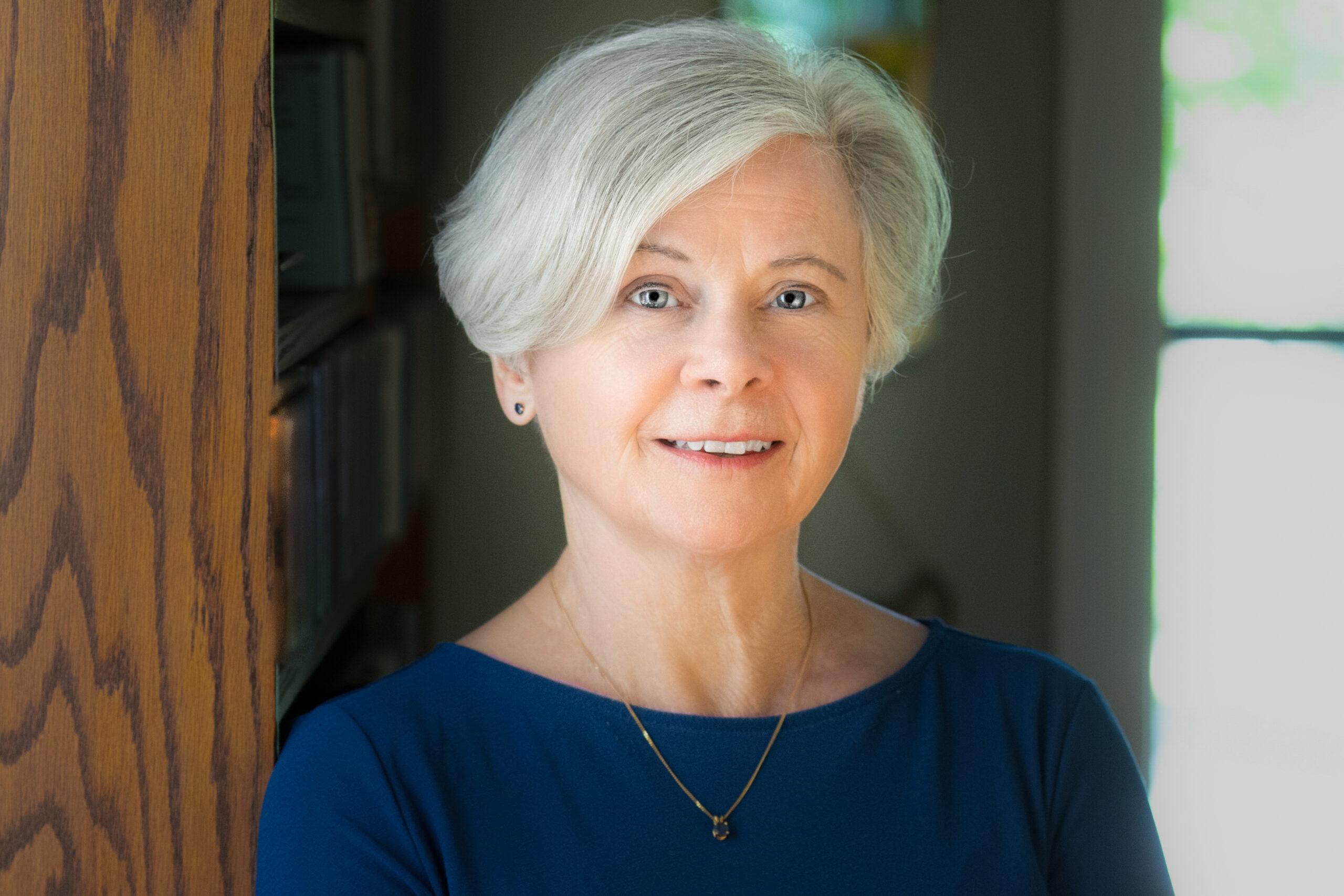Hartford’s Generation Work Initiative Prioritized Youth Voice in Its Youth Advisory Council | Perspectives from the Young Legends
Programmatic efforts to improve outcomes for young people have too often neglected the perspectives of young people themselves in designing programs or making decisions. However, youth-serving programs can establish and involve youth advisory councils to elevate the voices and perspectives of youth and young adults in programming aimed at improving their outcomes[i]. Youth advisory councils are typically made up of a small group of young leaders who meet and work together on specific issues. The focus of youth advisory councils varies widely: They may aim to lift up the perspectives of young people within an organization, school, or other institution with which they might be affiliated, or they may seek to identify and address certain issues facing a community.
Download
In the workforce development sector, in particular, workforce boards have sometimes engaged young people to sit on youth councils, or youth committees.[ii] And in recent years, as positive youth development (PYD) and racial and ethnic equity and inclusion (REEI) approaches have gained recognition, more youth-serving agencies and initiatives have formed youth advisory councils or invited one or more young person(s) to join their executive boards or other decision-making entities in an effort to improve their work. At the same time, the role and true level of engagement of young people who are called “advisors” varies; in some instances, organizations appear to just “check the box” on youth engagement, and young people’s input may not actually be sought or proactively considered.
However, the Annie E. Casey Foundation’s Generation Work partnership in Hartford, CT (see Generation Work box) has provided an alternative approach to youth advisory roles by inviting active engagement from young adult participants as thought leaders in programmatic decision making. The Generation Work project aims to elevate the importance of PYD as a strategy for employment and training organizations across sectors to better support young people’s employment readiness and success. The Hartford partnership includes the United Way of Central and Northeastern Connecticut, Capital Workforce Partners, City of Hartford, Hartford Foundation for Public Giving, Hartford Working Cities, Our Piece of the Pie, Workforce Solutions Collaborative of Metro Hartford, and other local partners.
In this case study, we focus on how the Hartford Generation Work local partnership adapted its efforts to more authentically engage young adults by establishing a youth advisory council called the Young Legends to help shape its work; we also discuss the benefits and challenges of the partnership’s efforts. We provide examples of ways in which Young Legends has elevated young people’s voices and valued and compensated their work, and describe how the Young Legends’ input has influenced action and change. Our hope is that the Generation Work Hartford team’s lessons learned from working with the Young Legends will help other organizations and initiatives that work with young people to promote youth agency.
Related Content
- Integrating a Racial and Ethnic Equity Lens into Workforce Development Training for Young Adults
- Adult Learning Communities Fostered Positive Youth Development in Philadelphia’s Generation Work Partnership
- Strategic Relationships Contribute to Cross-System Collaboration in Seattle’s Generation Work Initiative
- Embedding a Racial Equity Perspective in the Positive Youth Development Approach
- Building Partnerships to Improve Employment Training Programs for Young Adults in Cleveland | Cuyahoga County
Generation Work
Launched by the Annie E. Casey Foundation in 2015, Generation Work™ aims to connect more of America’s young adults with meaningful employment by changing the way public and private systems prepare them for jobs. As part of the initiative, partners in five sites across the nation—Cleveland, Hartford, Indianapolis, Philadelphia, and Seattle—are working to align various education, employment, and support services to help young people develop the skills required to succeed in the working world; link young adults with employers; and increase advancement and earning opportunities.
By combining employer-facing strategies that are aligned to labor market needs with positive youth development techniques—such as hands-on learning and mentoring—the initiative aims to blend services into more cohesive pathways that promote equitable employment opportunities for all young people.
Footnotes
[i] Liberman, A., Habteselasse, S., Hanft, S., & Moore, K. (2020). Youth program engagement: What works for recruitment, retention, and engagement? Bethesda, MD: Child Trends.
[ii] Bird, K. (2015). Youth governance: Strengthening and maintaining youth committees to improve services for youth. Washington, DC: The Center for Law and Social Policy. Available online at: https://www.clasp.org/sites/default/files/public/resources-and-publications/publication-1/Youth-Governance-OFA.pdf
Download
© Copyright 2024 ChildTrendsPrivacy Statement
Newsletter SignupLinkedInThreadsYouTube

